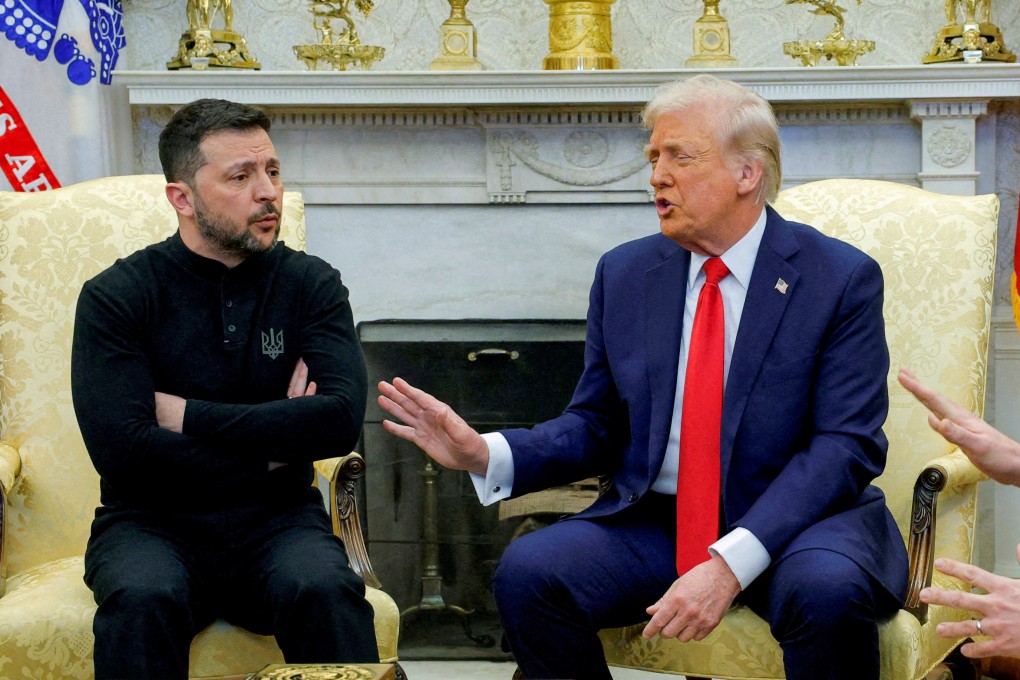Opinion | The old world order is new again – and this time the US is leading the retreat
The Trump-Zelensky confrontation shows just how much the geopolitical plates have moved since the Churchill-Stalin pact

In 1944, months before the Allied powers secured their final victory over Germany and Japan, the top leaders had already begun thinking about the post-war world order and how to secure long-lasting peace.
British prime minister Winston Churchill flew to Moscow that October to discuss with Soviet leader Joseph Stalin how to divide up Europe. What followed is generally regarded by posterity as one of World War II’s most dramatic diplomatic episodes.
For such a weighty subject, the whole negotiation lasted a few minutes. After a brief chat over Poland, Churchill went for the jugular.
“Your armies are in Romania and Bulgaria. We have interests, missions and agents there,” he told the Soviet strongman, according to Churchill’s memoir. “Don’t let us get at cross-purposes in small ways. So far as Britain and Russia are concerned, how would it do for you to have 90 per cent predominance in Romania, for us to have 90 per cent of the say in Greece?”
The British leader took out half a sheet of paper, and on it, marked the percentage points of control for Britain and Russia in the Balkans. “I pushed this [paper] across to Stalin, who had by then heard the translation. There was a slight pause. Then he took his blue pencil and made a large tick upon it, and passed it back to us. It was all settled in no more time than it takes to set down,” Churchill reported.
